Last Updated on August 5, 2021

Ink & Pixel is a source of pride and joy for me as a writer and as such, I’m always striving to take this column further for those who read and enjoy it. If you yourself, or anyone you know, helped to make any of the amazing feature animated films found within this column, I would love to talk to you to further my knowledge. Please contact me at [email protected] so we can discuss it further.
I must be getting old. It seems like forever ago that I was marching my G.I. Joe figures into an aquatic battle during bath time, or staging some form of Imperial attack upon my Star Wars Ewok Villiage. It was a time when the Teenage Mutant Ninja Turtles, M.A.S.K., wrestlers of the WWF, and He-Man – Masters of the Universe ruled play time. There was nothing I couldn’t imagine and no scenario was ever so impossible that the figures from my Batman collection wouldn’t be able to win the day. I was a child with limitless imagination, and I alone was in command of their every heroic or evil intent.
Unfortunately, as time would have it, I grew up. Most of my action figures (though, not all of them) were sold at garage sales or to my friends in order fund the latest NES game purchase. I’d like to think that they went on to live better lives. I tell myself that I’d merely sold them into having further adventures. I was okay with this for a long time. But then, in 1995, Disney Pixar Studios released TOY STORY, and along with the guilt of betraying my little plastic friends came a flood of memories that I will cherish forever.

TOY STORY, as you undoubtedly know, is the story of Woody the Cowboy (Tom Hanks) and Buzz Lightyear’s (Tim Allen) unlikely pairing and adventure through the big, bad world of modern man. As the film begins the toys come to discover that their owner, Andy, is moving out of his house with his family a little sooner than expected. With emergency precautions already set in place by their fearless leader, Woody, the toys soon resume their routine of coming to life away from prying eyes, waiting to be played with once again. When Andy receives Buzz Lightyear as a birthday gift, Buzz usurps Woody’s long cemented position of Andy’s favorite toy and the battle for supremacy and who gets the coveted spot on Andy’s bed commences.
With feelings of rejection swimming around in his selfish, plastic brain, Woody then hatches a seemingly harmless plan to get rid of Buzz for good. However, when his plan backfires and the rest of Andy’s toys have discovered what Woody’s done, it’s up to the cowboy and the spaceman to bury the hatchet and embark on a daring trip back home that involves high-speed RC car chases, ravenous pitbulls, and one seriously twisted next door neighbor, a known torturer of toys, named Sid.

I don’t believe that there is a man, woman, or child that isn’t aware of the TOY STORY franchise, but just in case you’ve been living under a pile of Rokkon and Stonedar action figures for the past several years, allow me to inform you. Inspired by the technological advancements and special effects of the Disney film TRON, TOY STORY director, John Lasseter, desired to create the industries first full-length feature film using entirely computer generated images and characters. Though Pixar originally formed in the year 1979 under the name Graphics Group, the company had primarily only been responsible for creating supplemental CGI effects for films as well as a series of film shorts up until the idea the idea for TOY STORY had come about.
The Pixar short films, as they existed in their simplistic nature, were seen as ways of marking the progress of the companies technological advancements with the passing of each year that the company was active. Though it wasn’t until the release of the short film TIN TOY (1988), a film that demonstrated Pixar’s brand new rendering technology, that the idea for TOY STORY truly began to take shape.

Essentially, TIN TOY gave birth to the idea of Pixar developing a Buddy Comedy action-adventure film from the perspective of a multitude of children’s toys both new and old. Many ideas were tossed around the office of how to make this project work, but eventually the idea to pair cowboy with a spaceman in a sort of East meets West approach was settled upon and the team got to work. This was of course new territory for Pixar as well as Disney Studios. You see, up until this point Disney was known as a company famous for taking old fairy tales and retelling them in traditional Disney fashion. TOY STORY would mark the beginning of a new technological approach as well as the development of new characters which is always a huge leap of faith for an already well-established company such as Disney. Lasseter and his team were confident that they could make TOY STORY work, even if they were going to hit several major disasters along the way.

There are a few things about TOY STORY that you may or may not be aware of. How about the fact that in the early development stages of the film the character of Woody was at first meant to be an old ventriloquist’s dummy, or that Buzz’s original name was Lunar Larry? Modeled after a near ancient toy design of Casper the Friendly Ghost (complete with pull string), Woody was later redesigned because the team felt that idea of a modern day kid being akin to playing with a ventriloquist’s was outdated (not to mention totally ridiculous). Actually, quite a number of things needed changing in the early development stages of the film. The catalyst for these changes? Well, sometimes you don’t have control over who you answer to in the industry, and if someone from above thinks their idea is better- than you damn well better make it happen. Of course their idea may change the entire vibe of the film and nearly kill the project all together, which is exactly what happened when making TOY STORY.

It was Jeffery Katzenburg, Chairman of Disney Studios, who had the not-so-bright idea to develop TOY STORY as a film with more of an adult edge. Like so many films these days, he wanted Woody and his pals to be darker and more mature. I guess he figured that with the ushering in of a brand new approach to animation that the attitude of the film should reflect something different than what had perpetually been the norm for Disney Studios. He was wrong. When running with this terrible idea of portraying the toys as a group of embittered relics on the verge of being sold off at the next garage sale, Lasseter and his team, much to their dismay, presented a short film entitled “Black Friday” with all of Katzenburg’s horrific vision for the film in place.

Do you remember the scene in TOY STORY in which Woody sets his plan into motion of removing Buzz from the equation by causing him to “accidentally” fall out of Andy’s window? Well, in “Black Friday”, Woody quite plainly just throws Buzz out of the window in front of all the other toys like some ten gallon hat jerkface and simply proclaims “It’s a toy eat toy world,” as his reasoning for committing a heinous act upon his own kind. What follows is several minutes of Woody behaving like a dismissive bully who then threatens his friends. This is the kind of film Katsenburg wanted to make? The film was considered an embarrassment to the original intentions of its creators and caused the project to come to a screeching halt. Not wanting to see TOY STORY become just another failure of the industry, Lasseter and his team asked for a two week extension to present the film they had originally intended to make. We should all be very happy that things worked out.

Now, as you can probably imagine, a lot of mature research had gone into the making of TOY STORY. As part of their research many members of the creative team could be found on their hands and knees, prowling the halls and rooms of their own homes. The reason for this was to try and gain the perceptive of what our world must look like to the pint-size toys we play with. And in the instance of creating the characters of the Army Men, animators and artists had taken a few old pairs of shoes and had actually nailed boards into the bottom of the soles. The artists would then film themselves hopping about while holding toy guns to better illustrate how the little green soldiers would walk given the constricted nature of their design.

Something to remember about TOY STORY and its development is that even though Pixar was introducing their audiences to an entirely new concept filled with brand new characters, the film they were making would be severely scrutinized due to the nature of its nostalgic characters. Think about it, how would you feel if suddenly the My Pal 2’s robotic voice when saying “Hey dude, what’s up?” sounded more like B9 from Lost in Space? Face it, you’d be mortified. Because people are inherently defensive of their childhood memories and Disney strives for unparalleled authenticity, the sounds and samples of each toy found within TOY STORY needed to be the real thing, or as close as they could get to the original.

Affecting how the characters would sound was a matter of how the toys portrayed their durability. How old were these toys exactly? Did they always belong to Andy or were they hand-me-downs? When making TOY STORY each and every aspect of how the toys were manufactured in real life was taken into consideration. As a result, much of the characters’ personality was reflected in the way they were made. An example of this would be the timid Tyrannosaurus, Rex (Wallace Shawn). Made of shoddy, hollow plastic and cursed with those tiny dinosaur arms, Rex’s personality is neurotic at best due to the instability of the way he was manufactured by Mattel.

Slinky the Dog is another example of a character whose manipulative and bendy nature makes him able to be a bit more optimistic and friendlier than the rest of the cast. By now you’re probably thinking that these ideas are a bit of a stretch (Ha! See what I did there?) but I assure you that they’re 100% true. You could probably make your way through the entire cast and find that their “condition” and “durability” is a reflection of their personalities. Try it, it’s fun.

While we’re on the topic of durability and conditioning, it’s probably a good time to tell you about Tia Kratter and her job as “Imperfectionist” on the film. It’s important to remember that when presenting the first full-length feature film crafted entirely using CGI technology that your film obey certain laws of reality. The reality is that we do not live in a perfect world, and that’s exactly what you get when your artistic tool of choice is a computer. Computers display perfect art unless you instruct it otherwise. But our reality and our world is marred, scuffed up, stained, and tread upon. The fact is that if you want people to become immersed in your CGI world entirely you have to anchor them with some familiarity or it’s just not going to happen for the vast majority of your audience.

So Tia, as the films resident “Imperfectionist” was in charge of making the TOY STORY world believable. This included the nasty stains in Sid’s bedroom, to the cracks, divots, and paint peels of Andy’s own house. I mean let’s face it, if you’ve got a couple of kids that are Andy’s age running around there is very little that they won’t eventually destroy.
Looking back on it now you can tell that this was very early Pixar in the department of animation and design. This was a time when transforming an entire house from paper and pencil blueprints into a computer was still brand new, at least on this grand of a scale. And that when making the characters for the film many of the more organic characters such as Woody, Buzz, Bo Peep, and many others, were first molded in clay and then scanned into a computer program to be “mapped”. After scanning the clay models into the computer, a grid would emerge over the character scan. The grid would then pinpoint and highlight the “emotional markers” or “nodes” on the characters face, telling the artists where they can manipulate the model to show emotion. It’s all very mathematical.

Before TOY STORY made its monumental splash on the big screen, executive producer and Apple Computer founder Steve Jobs believed that the film would perhaps be a modest hit with audiences, but would have never predicted the film making a staggering $350 million worldwide during its theatrical run. Parents rejoiced at the idea of seeing some of their favorite childhood toys out of the old toy bin once more, while children from all over were dazzled by the new and wonderful characters on screen. Word had spread about the magic and wonderment of TOY STORY at every bus stop and in every PTA meeting across the globe and had quickly became the 21st highest grossing film of all time.
TOY STORY had also won the praise of several if not all of the major film review boards and was honored by winning several awards including 8 Annie Awards, one of them being for “Best Animated Feature.” Disney Pixar had proved themselves with this one motion picture that they were now a force to be reckoned with in the industry. Competing companies quickly scrambled to assemble their own teams in the hope of getting in on this new form of computer generated entertainment but very few of them have ever be able to reach Pixar’s quality of performance in nearly every way.

TOY STORY is now and forever will be a monumental achievement in the animated feature film market. Pixar single handedly changed the way the general public and even animation enthusiasts view this particular form of entertainment. There have since been two sequels to the film as well as a few shorts featuring TOY STORY’s memorable chracters and approach to humor. With whispers of there being a fourth installment to the series one can only wonder what sort of high-adventure antics Woody, Buzz and all their friends will be up to next. As a fan of the series from day one of its release, and an avid Pixar enthusiast, my inner child as well as my refined adult self will be waiting with open arms to follow the TOY STORY franchise to infinity and beyond.



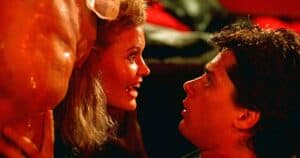
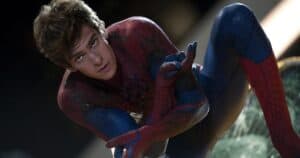
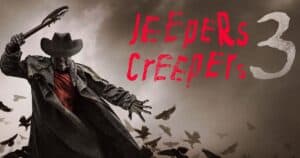

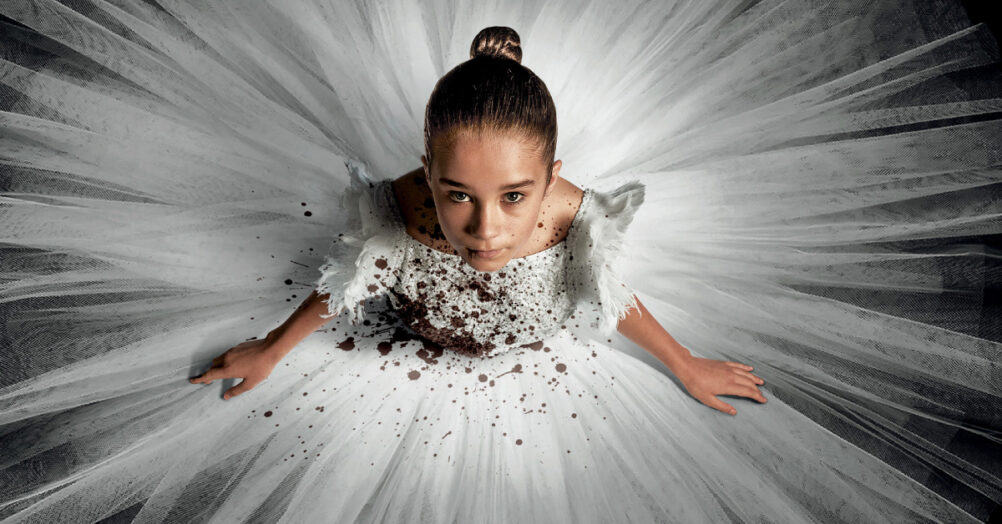
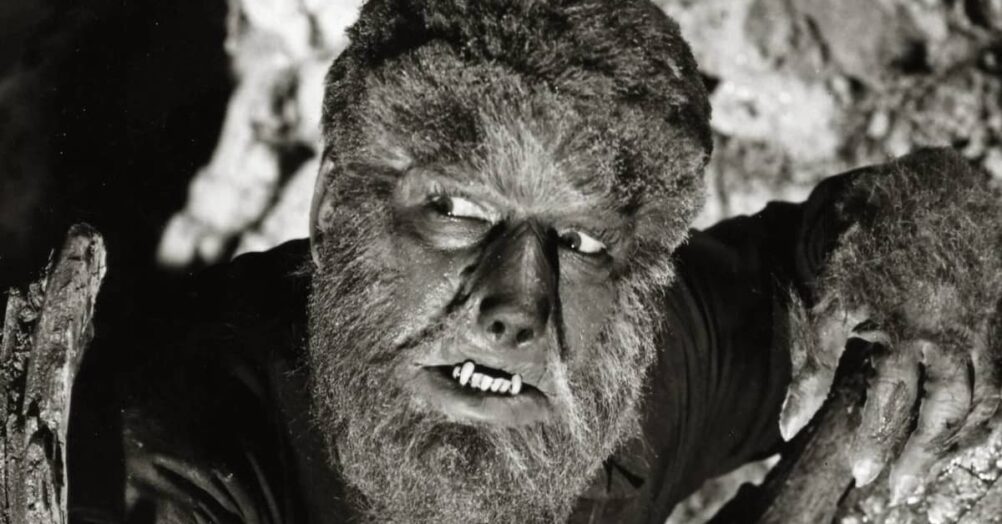
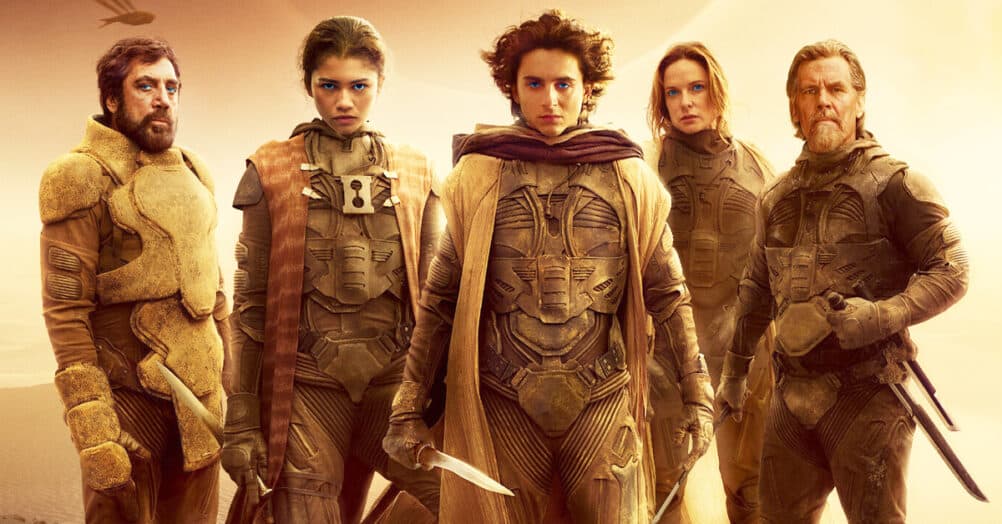
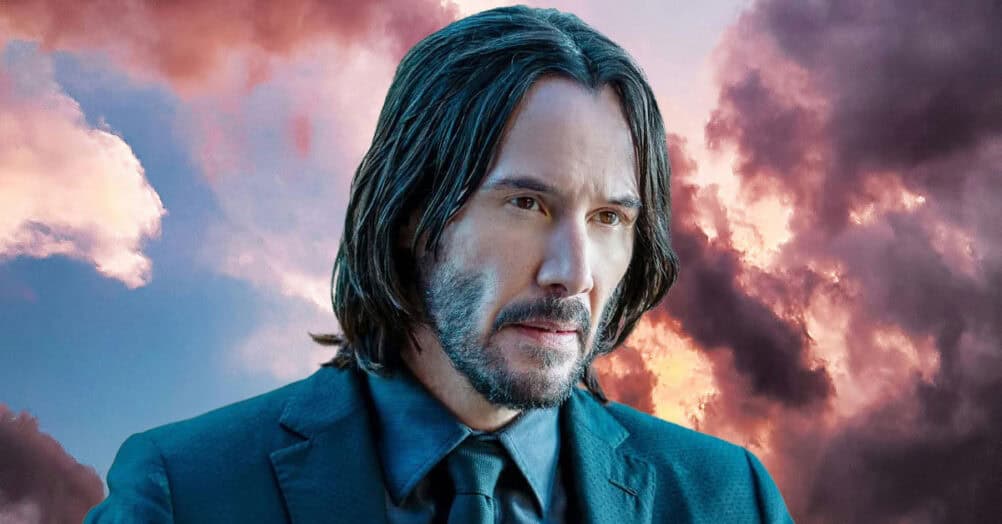
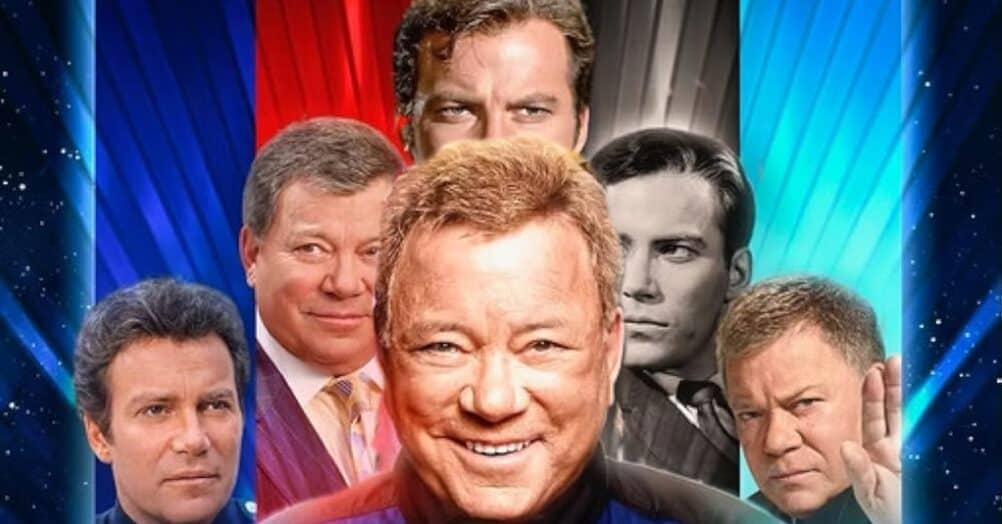
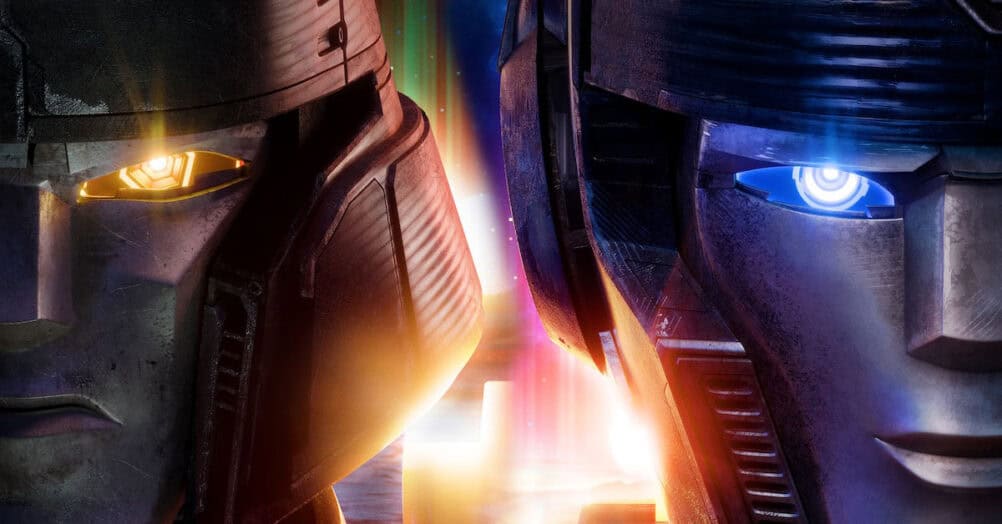


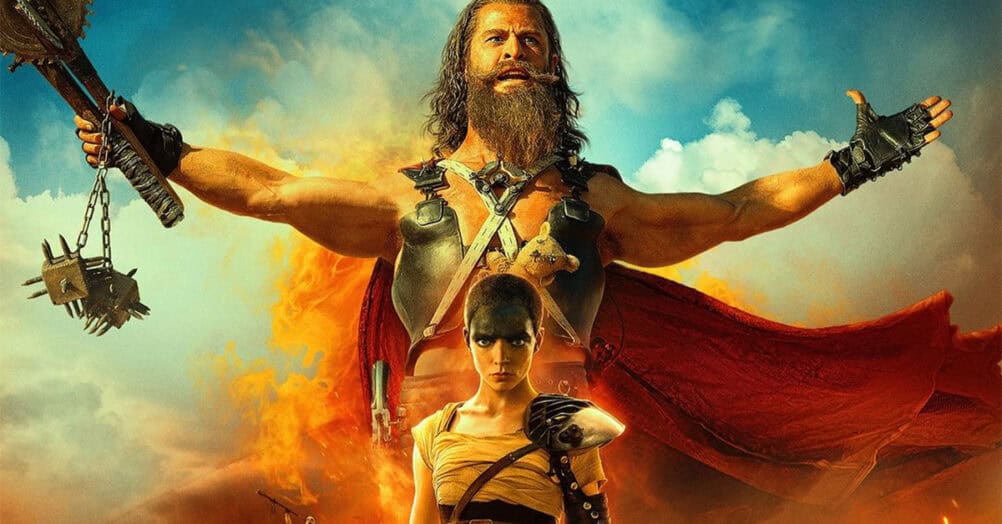
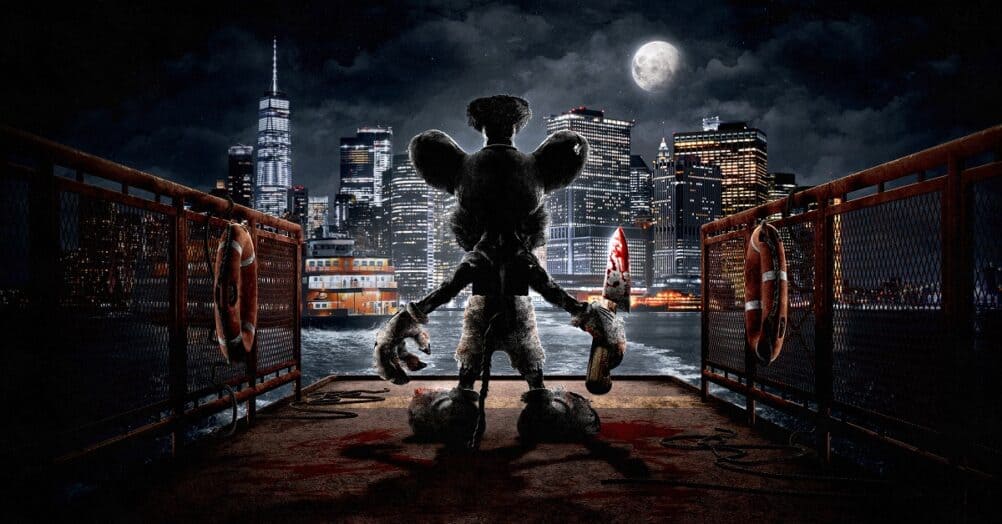
Follow the JOBLO MOVIE NETWORK
Follow us on YOUTUBE
Follow ARROW IN THE HEAD
Follow AITH on YOUTUBE